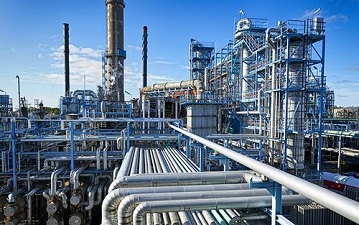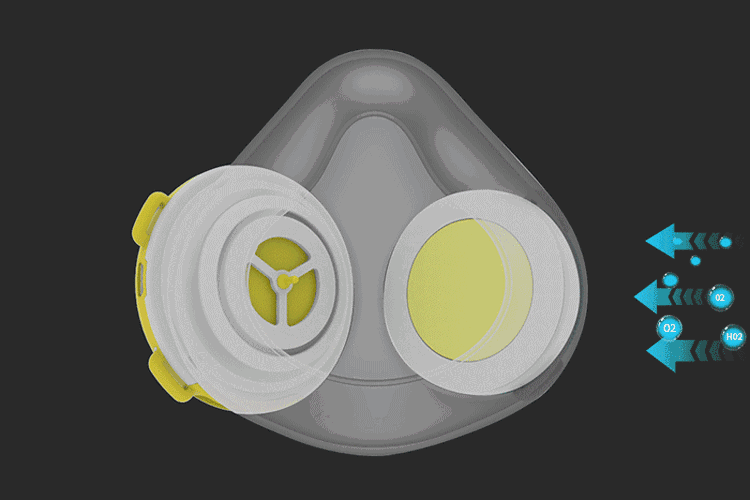The Problem of High Noise Level of Valves

One of the most obvious and uncomfortable problems with valves is noise. For human beings, noise can not only interfere with life but also lead to permanent hearing loss and an unsafe working environment. Studies have shown that long-term exposure to high levels of noise will cause damaged hearing in human beings.
Hearing damage is gradual and irreversible. It starts with a loss for high frequencies, with a continued hearing loss, it will eventually lead to a loss for low frequencies as well, which affects the ability to listen to normal languages. When subject to low-frequency noises, the functions of human organs such as the heart or liver may also be affected. In addition, noise and its associated vibrations can also affect the performance of the valve and lead to fatigue in sanitary valve pipelines and adjacent equipment.
In essence, when the vibration produces a wide range of changes in atmospheric pressure, the noise will be produced. The noise is then passed to the eardrum. The noise of the valve can be produced in many different ways, but the most common cause is the turbulence generated by the valve geometry and spread by the downstream pipelines. In many cases, the noise does not spread through the valve body, because the valve body itself is rigid and strong.
The turbulence will cause the vibration of the valve or valve components. The noise is caused by the vibration produced by random pressure fluctuations in the valve body, or by the vibration produced by obstacles in the fluid collision stream, such as valve core, valve discs, or other closing elements. When the closing element constantly strikes the guiding device, after a long time, it will cause the noise of the explosion.
Because its frequency level is lower than 1500Hz, it normally does not interfere with the observer. However, the sound of the explosion of these valve stems or shafts with a guiding device can damage the guide and the surface of the valve seat. Another side effect of the explosion noise of valve parts is the warning that the secondary turbulence produces when the turbulence is generated in the valve, so correction is necessary before the accident occurs.
Vibration can also be caused by some valve parts or accessories that resonate at their natural frequencies, which are often found at low noise levels (less than 100dBA). This type of noise is characterized by a single tone or buzzing sound (the frequency is between 300 and 700Hz).
Noise can also be caused by hydrodynamic or aerodynamic fluid sounds. For liquid handling, hydrodynamic noise is caused by flow, cavitation, and flashing turbulence, or by the high velocity generated when the fluid passes through the contraction section. In short, the noise generated by liquid does not produce high levels of noise and it can be tolerated by the staff.
In severe cavitation or flashing operations, the level of noise can reach a high level and must be handled by changing the technique or installing anti-cavitation components in the valve.





